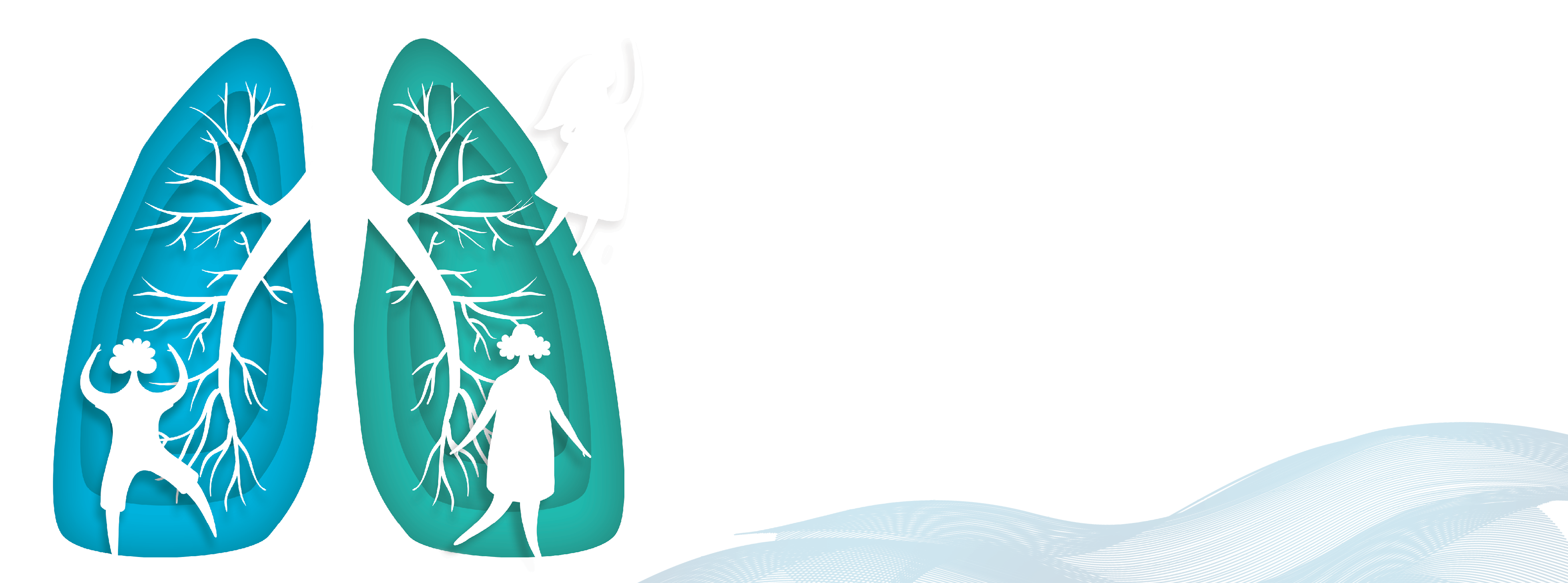Dryer Vent Maintenance Made Easy
Reading time: 3 mins
Maintaining dryer vents in multi-family residences is important to ensure the safety of the residents by preventing potential fire hazards. Following the tips below, you can help maintain your tenant's dryer vents.

- Correct installation: Ensure that dryer vents are installed properly and meet local building codes. The vents should be made of metal, have a smooth interior, and be vented to the outside of the building.
- Regular cleaning: Dryer vents are a safety concern, and they must be inspected by a professional. Furthermore, dryer vents should be cleaned regularly to prevent lint buildup, which can cause blockages and increase the risk of fire. We encourage building owners to schedule regular cleaning of dryer vents in common areas of the building, such as the laundry room.
- Clear the area around the dryer: Make sure the area around the dryer is clear of any combustible materials, such as cardboard or paper, to reduce the risk of fire.
- Educate residents: Educate residents on the importance of cleaning dryer lint screens before and after every load. Also, encourage them to report any issues with their dryer or vent to building management.
- Periodic Inspection: Finally, have a professional inspect the dryer vents in the building at least once a year to ensure they are free of any damage or blockages. They can also check that the vents are properly installed and connected.

So, the Professional Found an Issue...
During an annual duct inspection, all seems to be going well. However, at the end of the inspection, the professional makes you aware that the duct run is too long; as it is about 45 feet.
They also mentioned that there are several turns in the duct run due to the placement of the laundry room.
The long duct and the turns within the ductwork can cause longer drying times and lint build-up. The latter is one of the leading causes of dryer lint fires.
What Now?
As a result, the professional may suggest a dryer exhaust duct power ventilator (DEDPV) to help mitigate the issue.

What Are Dryer Exhaust Duct Power Ventilators (DEDPVs)?
DEDPVs are specifically designed to meet UL 705, Power Ventilators. UL offers this standard for manufacturers to test their DEDPV product to determine if it is safe for use with gas and electric clothes dryers. The DEDPV is built to help the dryer run more efficiently by overcoming pressure losses caused by long or restricting exhaust duct designs and the effects of high altitudes.
Keeping Residents Safe with Ventilation Solutions
Alongside the five tips above, using a DEDPV-705 for dryer exhaust will ensure that lint will not build up in the exhaust duct, further reducing the risk of a dryer fire. We recommend going the extra mile by including a DBLT4W lint trap in the duct run. The DBLT4W catches lint to help reduce accumulation in the ductwork, and, as a result, extends the time between maintenance cycles.
We encourage you to use the above tips as a guide to protect residents and the structural integrity of your building. We hope you will do what other building owners fail to do by performing dryer vent maintenance to protect your building and to keep your residents safe from dryer fires.
Up next:
Subscribe to Fantech 5 News
Want more indoor air quality insights from Fantech? Subscribe to Fantech 5 News to get the latest IAQ trends and product updates delivered to your inbox.




















































Facebook
YouTube
Instagram
LinkedIn